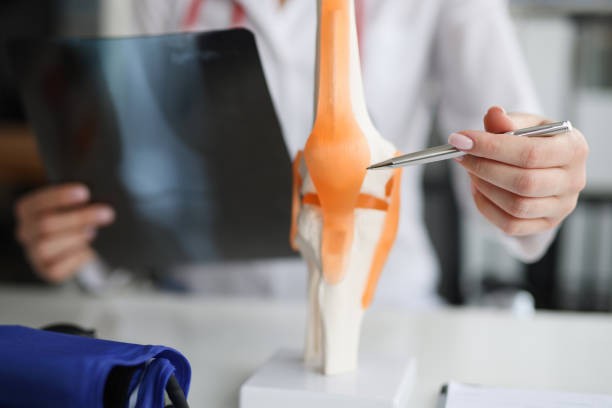Date Published: 8 Aug '23
Date Published: 8 Aug '23

Overall, 90% of patients report satisfaction with their knee replacement. In approximately 90 to 95% of people, the majority of pain is relieved, deformity (crookedness) of the leg is corrected, and mobility is improved. Range of motion averages 110 to 115 degrees but patients with significant stiffness prior to surgery tend to achieve less overall movement than others.
Knee Replacement is major surgery and, therefore, a major decision for you to make. Proceeding with the operation should only occur after a thorough assessment of the symptoms you are suffering, adherence to a non-surgical multidisciplinary treatment plan, and after seriously considering the risks and benefits.
A history of problems with your heart, lungs, blood pressure, circulation or other areas may increase the risks of surgery, require special precautions to be taken, or perhaps mean that the surgery is inappropriate for your condition.
A patient is usually admitted to hospital the day of surgery or occasionally the night before. You will be seen by the surgeon and the anaesthetist. Surgery is carried out through an incision over the front of the knee and takes approximately one to two hours depending on what is required. The worn-out joint surfaces are removed and replaced with artificial surfaces (the prostheses), perhaps using bone cement to fix it if required.
Recovery from knee replacement is usually quite uncomfortable, especially in the first two weeks. A variety of measures are used to control pain, including local anaesthetic injected in surgery, spinal anaesthesia, ice and oral medication. It can take three to four months before the replaced knee feels better than before surgery, but this is variable.
Rehabilitation, supervised by a physiotherapist, is a critical part of the procedure. Despite the initial discomfort, the use of good pain relief and regular exercises from the day after surgery will usually lead to a good range of movement and a good result.
The prosthesis is an artificial joint with a bearing surface which deteriorates over time. Failure occurs if the bearing surface wears out or the implant works loose from the bone.
A total knee (TKR) prosthesis will most commonly last the duration of the patient’s life. The clinical evidence reflects that a uni-compartmental knee replacement (UKR) prosthesis will usually have a shorter functioning lifetime than a TKR prosthesis. Upon failure, it would usually be replaced by a TKR prosthesis in a second surgical procedure.
To maximise the chances of a prosthesis lasting the patient’s lifetime, most surgeons will recommend younger patients wait as long as possible before undergoing a knee replacement procedure. Should the knee prosthesis wear out, revision knee replacement is possible but is a more complex surgery and usually has greater risks and less satisfactory results.
Other complications of knee replacement to be aware of include infection, blood clots, inadvertent injury to blood vessels or nerves,
stiffness, and difficulties with wound healing. Deep infection may require removal of the implant, prolonged antibiotics, and
more surgery to replace it. Major clots are uncommon but can be fatal. All surgery and anaesthesia carries risks and should not be
entered into lightly.
Our friendly staff are always here to help. Contact us to begin your journey to a happier, healthier you.